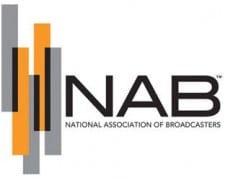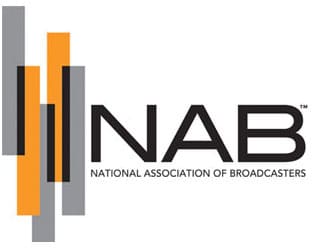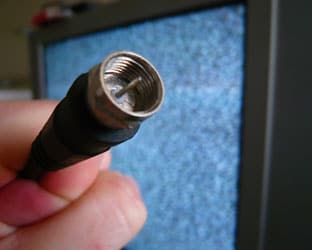
The upcoming round of incentive auctions will involve moving many television stations to new channels, and the National Association of Broadcasters says only one thing is currently clear – there is a lot of work yet to be done to make this possible. It’s overall suggestion is to simplify the overall approach to getting the job done.
NAB’s reply comments to the FCC on the repacking topic begin, “Upon review of the initial comments in this proceeding, one point is very clear: there are many hard questions about the incentive auction and television broadcaster repacking still left unanswered.”
The organization applauded the FCC’s efforts to bring in some high-caliber talent to work on the program in its initial stages, particularly on its economic aspects. But NAB believes that the FCC may be on the wrong tack.
“The overall approach, however, is unnecessarily complex,” wrote NAB, “appears to ignore important engineering considerations and overlooks more basic and straightforward solutions. Rather than designing an economist’s academic ideal of a reverse auction untethered from engineering realities, the auction should be designed with an eye towards achieving a viable nationwide band plan driven in part by the realistic repacking of broadcast stations.”
NAB offered a suggestion: “A simpler and more effective approach first identifies repacking scenarios nationwide for various realistic amounts of cleared spectrum. This will help the Commission determine in what markets it needs volunteers, and how many of them, to produce a workable and efficient nationwide plan. The Commission should then project generally what proceeds it expects to raise in the forward auction. Finally, the Commission should maximize its anticipated financial resources by using them to offer a sufficient incentive to stations in the markets where it truly requires volunteers. This approach will allow the Commission to free up spectrum where the wireless carriers assert they really need it (the top 25 markets). From those auctioned markets, the Commission can create nationwide bands of spectrum that avoid the widespread harmful interference that the Notice’s current variable plan would produce by attempting to clear different amounts of spectrum in markets across the country.”
NAB emphasized that no matter how the issue is approached, a program that intersperses broadcast and wireless providers simply will not work – not mincing words, NAB said such a variable plan would technically be “fatally flawed.”
NAB also said that the FCC should not pursue repacking beyond that necessary to satisfy the needs of the current project – a reaction to some commenters who seem to be calling use of the proceeding to as a general spectrum reallocation, rather than one designed to fulfill a particular and immediate need.
NAB took the occasion to remind the FCC that non-participating broadcasters should not be penalized; that moving stations are fairly compensated; that their previous coverage area be duplicated at their new channel locations as fully as possible; and that the FCC honors the endeavors of broadcasters who had been seeking facility improvements prior to the incentive auction.
Finally, the NAB cautioned the FCC against doing anything that would harm diversity of ownership, a very real danger anytime a project of this nature is undertaken. It wrote, “There is no escaping the reality that traditionally underserved communities – people of color, foreign language speakers and lower income Americans – rely more heavily than others on free, over-the-air television. As a result of the auction, these groups are likely to lose stations upon which they rely. If the Commission fails to minimize repacking – as well as the amount of interference it adds during repacking to the stations that remain on the air – then these same viewers also stand to lose access even to the stations that actually remain on the air.”





